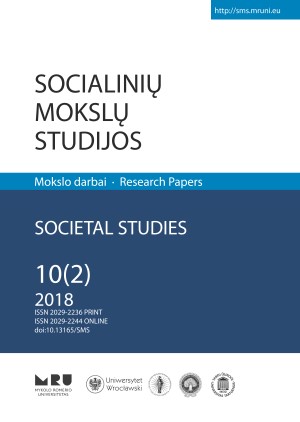ON THE QUESTION OF THE HISTORY OF THE CREATION AND FORMATION OF THE PROGRAMME OF THE FRESCO PAINTING OF THE POKROVSKY CATHEDRAL (SOBOR OF THE INTERCESSION OF THE HOLY VIRGIN) OF BARNAUL
ON THE QUESTION OF THE HISTORY OF THE CREATION AND FORMATION OF THE PROGRAMME OF THE FRESCO PAINTING OF THE POKROVSKY CATHEDRAL (SOBOR OF THE INTERCESSION OF THE HOLY VIRGIN) OF BARNAUL
Author(s): Natalia Bartosh, Yuri KreydunSubject(s): Eastern Orthodoxy
Published by: Mykolas Romeris University
Keywords: fresco painting; iconography; icon; church fresco decoration of the 20th century; Russian church painting; Art Nouveau; regional fresco; regional architecture; Siberian churches; Siberian art; Pokrovs
Summary/Abstract: The establishment of Soviet power in Barnaul is connected with tragic events for the Orthodox Church: the closing of churches, the punishment of priests who did not accept the “godless power”, confiscation of church property, and the ban on religious education for children and the preaching of the Orthodox faith1. In the context of historical events, it is appropriate to reflect on the visual narrative of the fresco painting of the Pokrovsky Cathedral and understand what is presented here: a standard set of copies of well-known examples from the capital recommended by the Holy Synod, selected by the Prior and mechanically transferred by a Siberian artist into the interior of a provincial church or an original fresco programme, although based on the well-established system of iconographic canons and images but created for the purpose, which form the codenarrative, understandable only for the believer from the “recognisable” models and storytelling scenes, to create a unified spiritual space, “the mirror of consciousness”, sensitively reflecting the inner life of the individual (his doubts, fears, hopes), reinforcing it through the visualisation of marks of the Divine power − the analogy of his own pain with the suffering of the Son of God. The purpose of this research is to analyse the meaningful content of the frescoes and the system of their interaction – connectedness to the architectural space of the church. At the same time, the research concentrates primarily on the meaning of the painting programme. There will be no attempt to criticise the artistic value of paintings since it is difficult to distinguish the original message after numerous renewals and restorations.
Journal: Socialinių mokslų studijos
- Issue Year: 10/2018
- Issue No: 2
- Page Range: 265-287
- Page Count: 23
- Language: English

